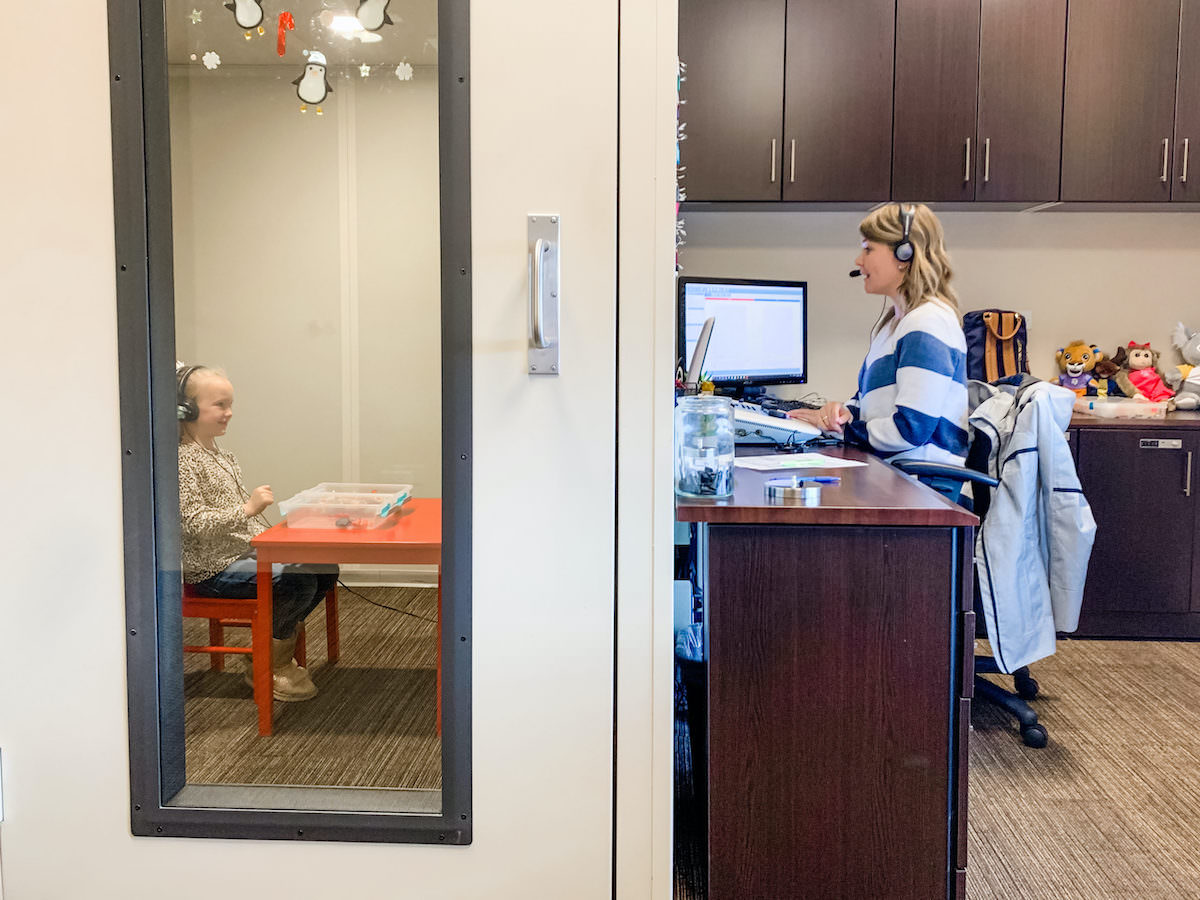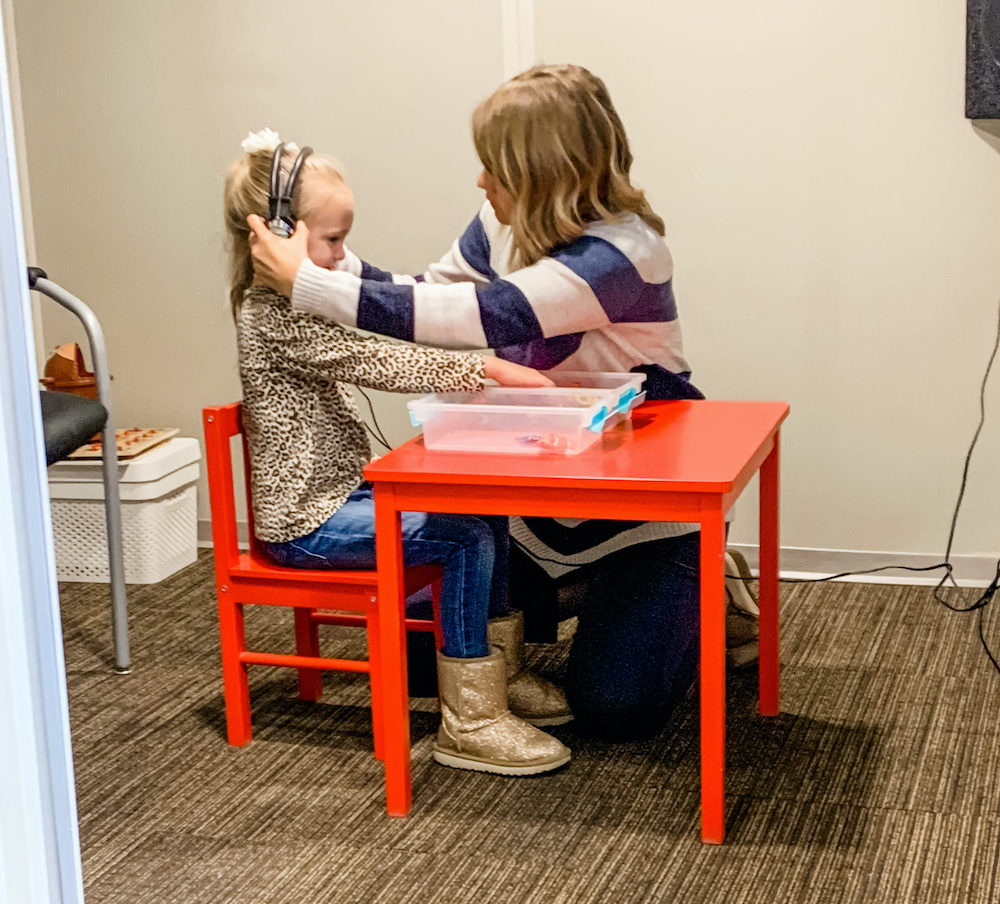Hearing and Your Cleft Child
What happens if my child refers on the newborn hearing screening?
Children with cleft lip and/or palate have a higher likelihood of referring on a newborn hearing screening. Some children may have a permanent hearing loss while others may have a fluctuating hearing loss due to middle ear disease. Prompt follow-up after the newborn hearing screening is strongly recommended in order to quickly identify any possible hearing difficulties.
If a diagnostic hearing test is recommended for your child, you may expect to see the following tests completed during your visit:
- Otoscopy: An audiologist will use an otoscope to look in your child’s ear to determine any abnormalities in the ear canal.
- Tympanometry: This test is administered to determine the function of the eardrum and the health of the middle ear. This test will help the audiologist to know if your child has any middle ear fluid which can affect your child’s hearing.
- Otoacoustic emissions: This test, typically referred to as OAEs, allows an audiologist to determine the function of the hair cells in the inner ear (cochlea). While this may be a test of the inner ear, middle ear dysfunction will oftentimes negatively impact these results.
- Auditory brainstem response (ABR) testing: This test is typically completed if your child is under 6 months of age and will be the most comprehensive and lengthy portion of your visit. This test assesses how the nerves/brain responds to sound while your child sleeps. At the conclusion of this test, your audiologist will be able to sit with you and describe in detail how your child is hearing. While one visit is typically sufficient, sometimes a second visit is necessary to finish gathering all of the information.
- Behavioral testing: If your child is over 6 months of age, a hearing test can be completed in a sound booth. Various types of activities and listening games will be incorporated into your visit depending on your child’s developmental age and ability.

What happens if a hearing loss is diagnosed?
If hearing loss is diagnosed, a second hearing test is typically performed to confirm the results. The most common hearing loss in individuals with cleft lip and/or palates is temporary loss related to middle ear problems. In this case, the patient is referred to an ENT for medical management. Often times tubes are inserted into the ear drums to help drain the excess fluid. Your ENT will discuss your options with you.
While less common, if permanent hearing loss is found, hearing device options will be recommended based on your family’s communication goals for your child. These options may include devices such as hearing aids, temporal bone devices or cochlear implants. Recommendations vary greatly depending on the type and severity of the hearing loss. With a new hearing loss diagnosis, several referrals are made (ENT, early intervention, etc.) to help you manage your child’s hearing loss and outcomes. Talk to your audiologist about specific recommendations for your child. We are here to help you!

How can I ensure my child is hearing well as they grow?
Any type or severity of hearing loss can have an impact on a child’s speech and language development. Since many children with cleft lip and/or palate experience temporary or fluctuating hearing loss, monitoring your child’s hearing regularly is critical. Most children will see audiology and ENT regularly as part of his/her cleft team. If new concerns regarding hearing sensitivity or ear health arise, a timely visit with ENT and/or audiology is recommended.
written by Dr. Cordingley & Dr. Bown, Pediatric Audiologist



